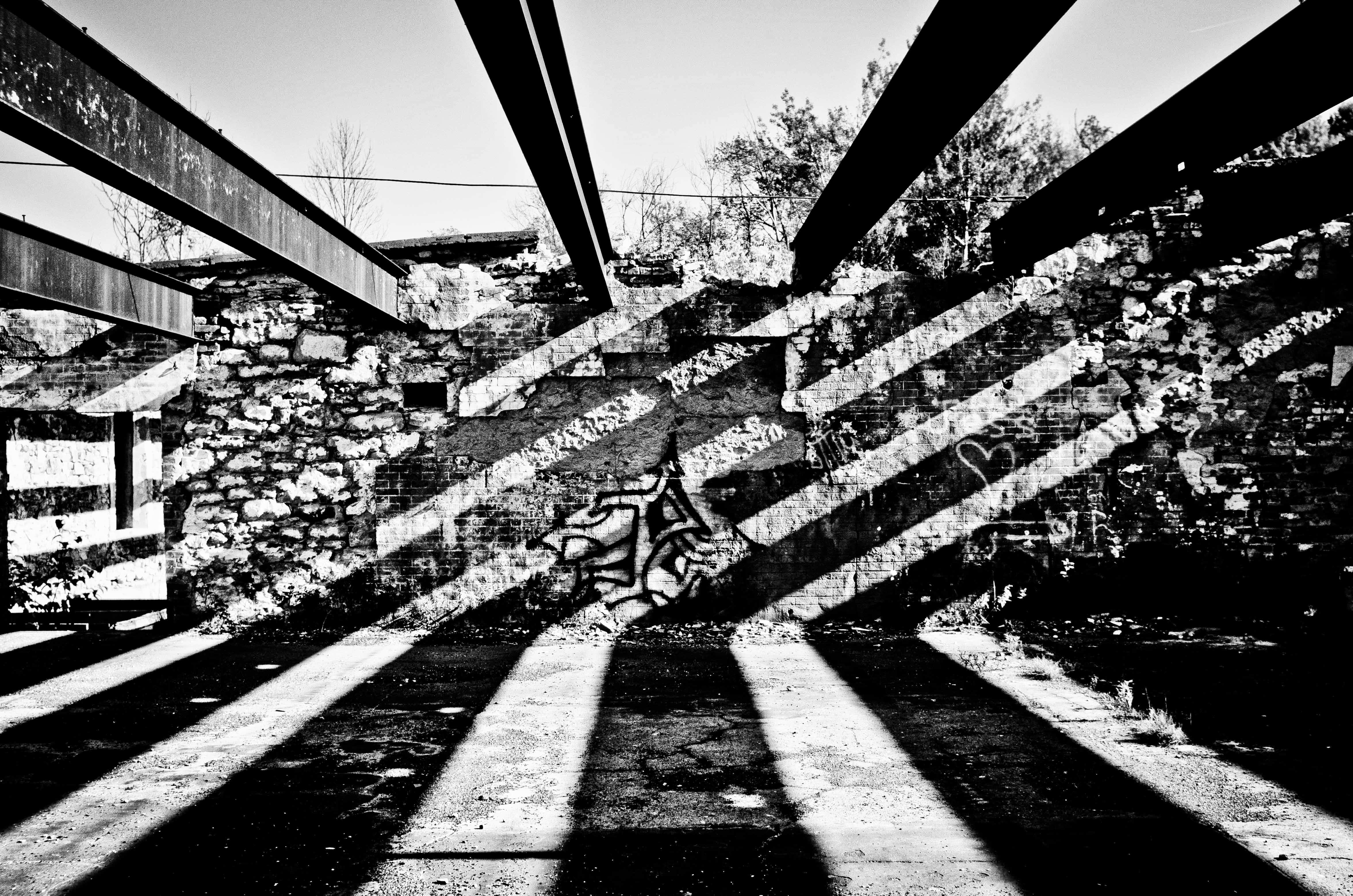[dropcap]A[/dropcap]bandoned buildings are beautiful but — let’s face it — kind of scary. In Toronto, you’ll find abandoned places at ground level, high in the sky, and right below your feet. Recently, Maple Leaf Gardens re-opened after being abandoned since the late ‘90s, while the old Bank of Commerce on Yonge will be restored and incorporated into a new condominium complex in the coming years after sitting gated up for decades.
The Crystal Ballroom on top of the King Edward Hotel
The Crystal Ballroom opened in 1921 on the top floor of the luxurious King Edward Hotel and was closed in the 1970s. The Ballroom was named after its three large, sparkling chandeliers and was famous for its floor-to-ceiling windows. Today, even though the ballroom has been neglected, it still has that charm that made it the place to be in the 1920s. The ballroom eventually became a place where fly fishermen could practise their cast-offs.
The Old Bank of Toronto at 205 Yonge Street
Built in 1905 by Toronto architect E. J. Lennox, the bank is an example of neo-classical architecture and is most notable for its Corinthian columns and large domed roof. It’s unknown when the Bank of Toronto vacated the building, but it wasn’t abandoned until 2003 when its then-occupants, the Toronto Historical Board, relocated. Today, the building is owned by an Irish businessman who hangs an Irish flag from the building but leaves it vacant. The building’s interior features a partial glass ceiling, unique light fixtures, and walls that look as though they are covered in vines, all of which go unseen today.
The Old Loblaws Warehouse at Lakeshore and Bathurst
With a bowling alley and a stage where employees could put on shows, the old Loblaws Warehouse was not your average workplace. Built in 1927, the Warehouse was a wonder with its electric tram railway, oversized ovens, and 22,000 feet of refrigerating piping. The warehouse closed in the ‘70s, and the Daily Bread Food Bank called it home until 2000. Today it is neglected as seen in the discolouration of the façade and the broken windows that Toronto’s urban wildlife use to sneak in. It’s a sad sight for a building that was once an art-deco masterpiece.
The Prison Chapel at Liberty Village
The Prison Chapel was built by the inmates of the Ontario Central Prison, which operated on the grounds of Liberty Village from 1877 to 1915. The chapel was intended as a place of worship for the prisoners but instead was where they got drunk off communion wine, which is ironic considering most inmates were there for alcohol-related crimes. Once the prison closed, it became a training ground for the Canadian Army during WWI and today is one of the few historical buildings in the area that has yet to be restored and redeveloped.
Lower Bay Station
The tiles in the middle of Bay Station display a colour inconsistency because those green-coloured bricks were used to close off the lower platform. Lower Bay was a 1966 TTC experiment that failed; the lower platform connected the Yonge and Bloor–Danforth lines. On rare occasions you can actually go into the station, which is so old that the yellow line says “Mind The Gap” on it (a previous incarnation of today’s plain yellow line). Today the station is mostly used by TTC employees or for film shoots when it gets transformed to look like a NYC subway station.


